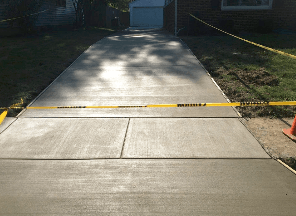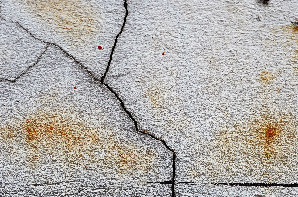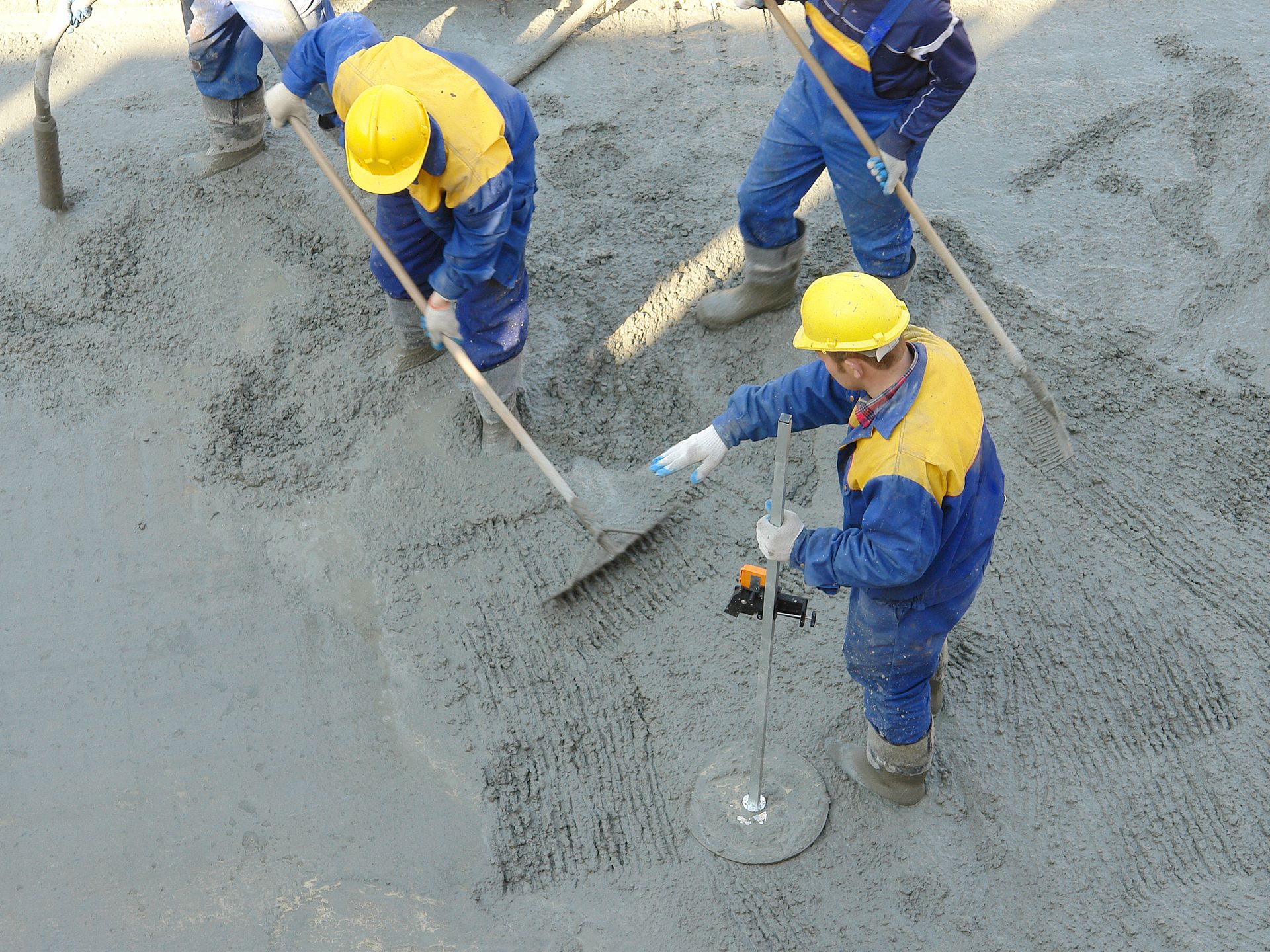TIPS TO MAINTAIN YOUR CONCRETE
- By Southport Concrete Corp.
- •
- 20 Jul, 2018
- •

Keep It Clean
Whether your concrete makes up a driveway, sidewalk or patio, be sure it is swept often and that any stains or spills are cleaned up properly. Spills on concrete can cause the concrete to break down over time, and this can lead to cracks or even chipping. For oil or grease that has spilled, use a substance such as kitty litter to clean the mess up, and then use a mild dish detergent and a soft bristle scrub brush to prevent staining.
Using a push broom or a leaf blower, remove debris such as grass clippings from settling into small cracks and creating larger cracks. Blades of grass blown onto a concrete patio can eventually grow into these fine cracks, and if the debris isn't taken care of, you'll have grass or weeds growing through your once-beautiful concrete.
Be sure that when mowing near your concrete, you blow the clippings away from the concrete or bag your clippings.
Make Repairs
Repair your concrete as needed. If you notice cracks beginning to form, use a concrete caulking to fill in these cracks before they turn into larger crevices. Clean out the crack using a stiff-bristle brush and a shop vacuum. Then fill in the crack with the caulk, smoothing it with your finger as you go along.
If you have cracks larger than an inch wide, patch the concrete using some ready-mix concrete. Prepare the ready-mix according to the manufacturer's directions. Clean out the crack using a chisel and a stiff-bristle brush. Add the ready-mix to the crack, smoothing it with a trowel or metal scraper to level it off. Allow the concrete to set before you walk across it or park a vehicle on it.
Apply a Sealer
Apply sealer to your concrete, especially if you have stained or stamped concrete. The sealer will help protect the concrete color and give it back the shine it once had. Concrete sealer can be found at your local hardware store, or you can ask your concrete installer what type of sealer to use on your concrete.
Before applying a sealer, thoroughly clean the concrete. Remove all dirt and debris as well as any stains. Then apply the sealer as directed. The sealer will need to set before you park or walk on the concrete or replace patio furniture.
Use Care
Your concrete driveway can of course have a car parked on it, but steer clear of parking any type of heavy equipment on it. For example, avoid putting heavy dumpsters on the concrete if you do any type of work on your home. Something too heavy can cause the concrete to crack or break.
A patio is not meant to hold a vehicle or anything too heavy, so try to avoid parking on a patio, which may not have as thick of concrete as your driveway. Use only your patio for furniture and for other leisuretype items. The same goes for a sidewalk; it isn't meant to hold a vehicle. Driving on the sidewalk may cause it to break or crack.
Be sure to take good care of your concrete and maintain it properly to ensure it lasts and continues to look beautiful. Call Southport Concrete Corp. for all of your concrete needs and for more concrete maintenance tips.

- Cost effective: When anything is manufactured on a massive scale, your costs decrease substantially from having something custom poured.
- Superior quality: Being pre-cast, pilings are checked for every sort of defect before being installed, giving them an additional safety advantage.
- Underwater usage: There are several instances in which the pouring of concrete in certain types of subsoil or other environments won’t set. The use of formed piles easily takes care of that issue.
- Convenience: With a wide selection of piles all ready to go, you are able to select what you need and install them at your convenience.
- Adaptability: Trying to pour the exact shape you need is a thing of the past with concrete pilings available in square, round, octagonal and other shapes.
- Incredible strength: Because of the nature of the piles, the reinforcement used inside is more likely to stay put without getting disturbed or moving its place. They also have high bending and lateral resistance to hold their strength in adverse conditions.
- Eco friendly: With no leftover materials to clean up at the installation site, piles are the most environmentally friendly option when supporting your foundation and in other applications, such as retaining walls, embankments and cofferdams.
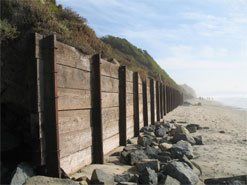
- Curved
- Vertical
- Mound

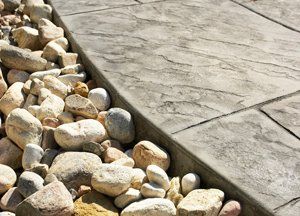
Although the terms cement and concrete are often used interchangeably, cement is actually an ingredient in concrete.
Concrete is basically a mixture of paste and aggregates. The aggregates are crushed stone or sand and gravel; the paste is made of water and Portland cement. Concrete material happens to get stronger as it gets older. Portland cement is not the name of a particular brand of cement; it’s the generic term for the type of cement utilized in almost all concrete (ex: stainless is a type of steel and sterling is a type of silver).
Pervious concrete, also known as "green concrete," is a choice that helps combat building code issues with storm water run-off.
Cement is composed of 10 to 15 percent of the concrete mix, by volume. Then through a process called hydration, the cement and water harden and bring together the aggregates into a rocklike form. This developing and hardening process continues for years, again meaning that concrete gets stronger as it gets older.

